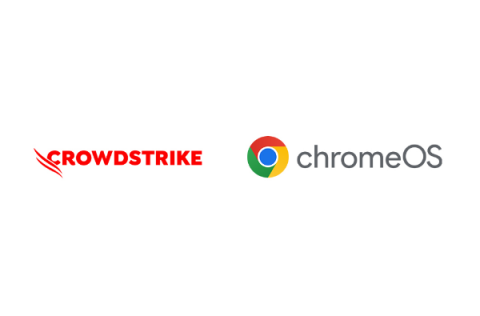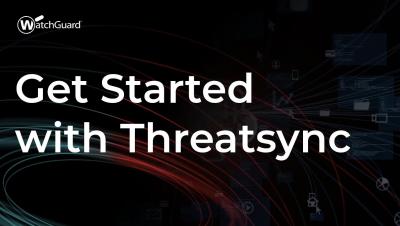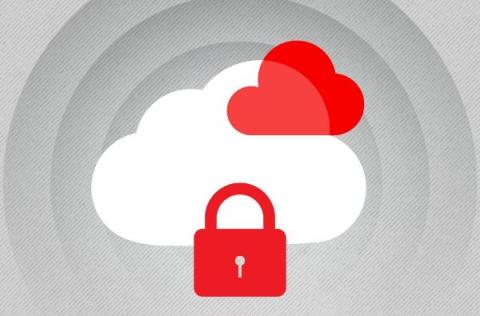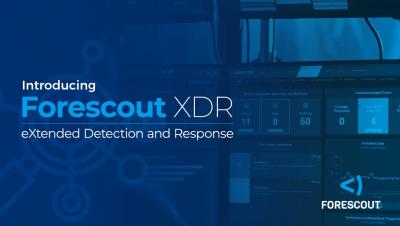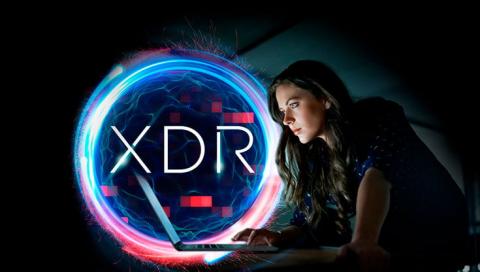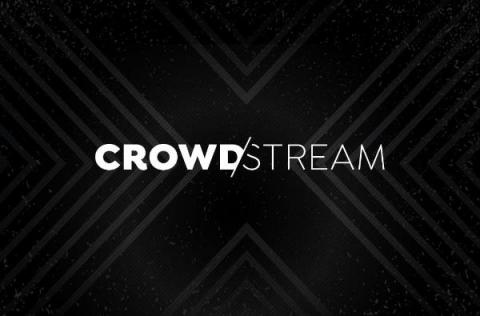Falcon Insight for ChromeOS: The Industry's First Native XDR Offering for ChromeOS
In recent years, ChromeOS device usage among businesses has seen a significant uptick, particularly in its adoption across verticals, from schools to large enterprises. According to recent IDC research, 16% of North American organizations have ChromeOS devices1 and the percentage is only expected to increase. The success of ChromeOS devices like Chromebooks can be attributed to built-in security, simple management and premium performance.


